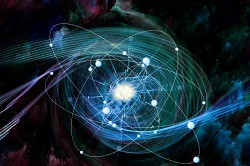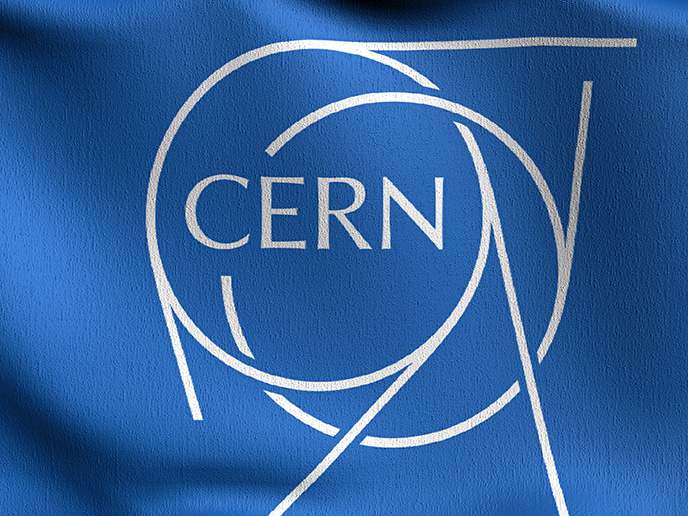Dazzling future of possibilities for Bright Squeezed Vacuum light
Significant progress in understanding quantum mechanics at the macroscopic scale has been achieved through the EU-funded BRISQ2 project, which focused on the quantum potential of BSV. This specific quantum state of light has been known about since the 1960s, but has only recently attracted serious scientific attention. ‘We demonstrated that this state of light can be used in several applications such as imaging, communication and metrology, where traditional methods appear to have reached their limits,’ says project coordinator Dr. Maria Chekhova, Head of Quantum Radiation at the Max-Planck Institute for the Science of Light in Germany. ‘Through this project, we were able to tailor the spectral and spatial properties of this state of light and proved its quantum nature. We also developed a new type of optical parametric generator based on this light.’ New protocols for BSV Indeed, the project has resulted in the implementation of several protocols concerning BSV. ‘The main one is microscopic imaging with a sensitivity that beats classical limits, including a way of simply ‘noticing’ a faint object on a noisy background,’ says Chekhova. Scientists are interested in quantum information technology because it offers faster processing and more secure transfer of information, based on the laws of quantum mechanics. It is a technology with immense potential, as demand for data increases and conventional methods of information transfer reach their capacity. At present, quantum information technology operates with microscopic objects such as single atoms, ions, molecules, and especially photons. The drawback of this is that microscopic objects cannot interact efficiently with each other and material systems, which limits their application. Macroscopic (bright) states of light on the other hand do not have this disadvantage because brightness – the number of photons per radiation mode – determines the efficiency of light-light and light-matter interactions. Furthermore, unlike squeezed coherent states, bright squeezed vacuum (BSV) light has perfect photon-number correlations. ‘We wanted to investigate the properties of this light, in particular its quantum features, which might make BSV interesting for carrying quantum information,’ explains Chekhova. The project team began by demonstrating that the structure of BSV was identical to two-photon light, a close relative of BSV. By running experiments with two-photon light, researchers found a way of filtering a single spatial mode of BSV without introducing significant losses. The team then investigated various quantum features, the most significant being entanglement. ‘For different BSV states, we showed theoretically that the entanglement scales exponentially with the mean photon number,’ says Dr. Chekhova. While most scientists now accept the validity of quantum mechanics, some debate has remained over whether only microscopic objects behave in a truly quantum way. The BRISQ2 project has successfully contributed to this debate, through observing quantum effects of light on the macroscopic scale. For further information please visit BRISQ2 project website.
Keywords
BRISQ2, Bright Squeezed Vacuum, BSV, entanglement, quantum information technology, FET Future and Emerging Technologies







